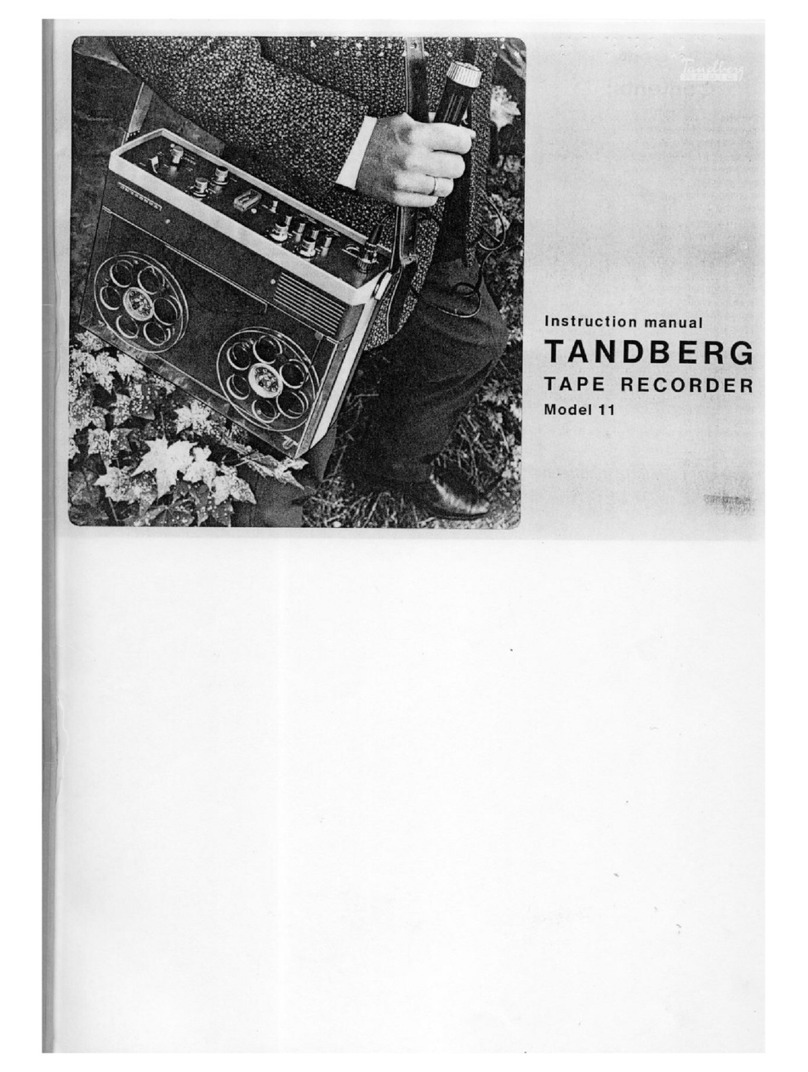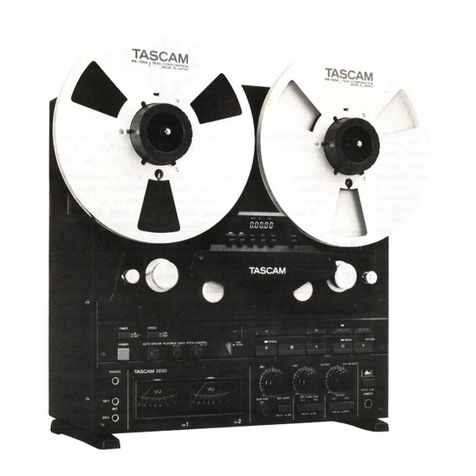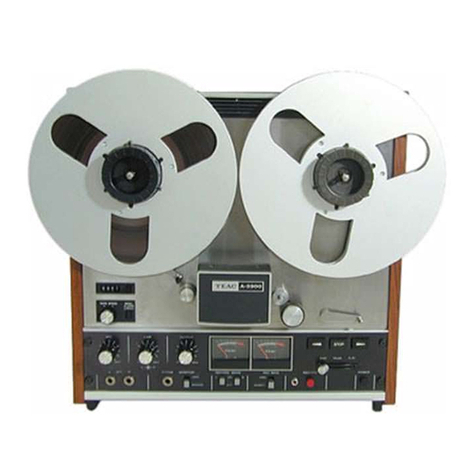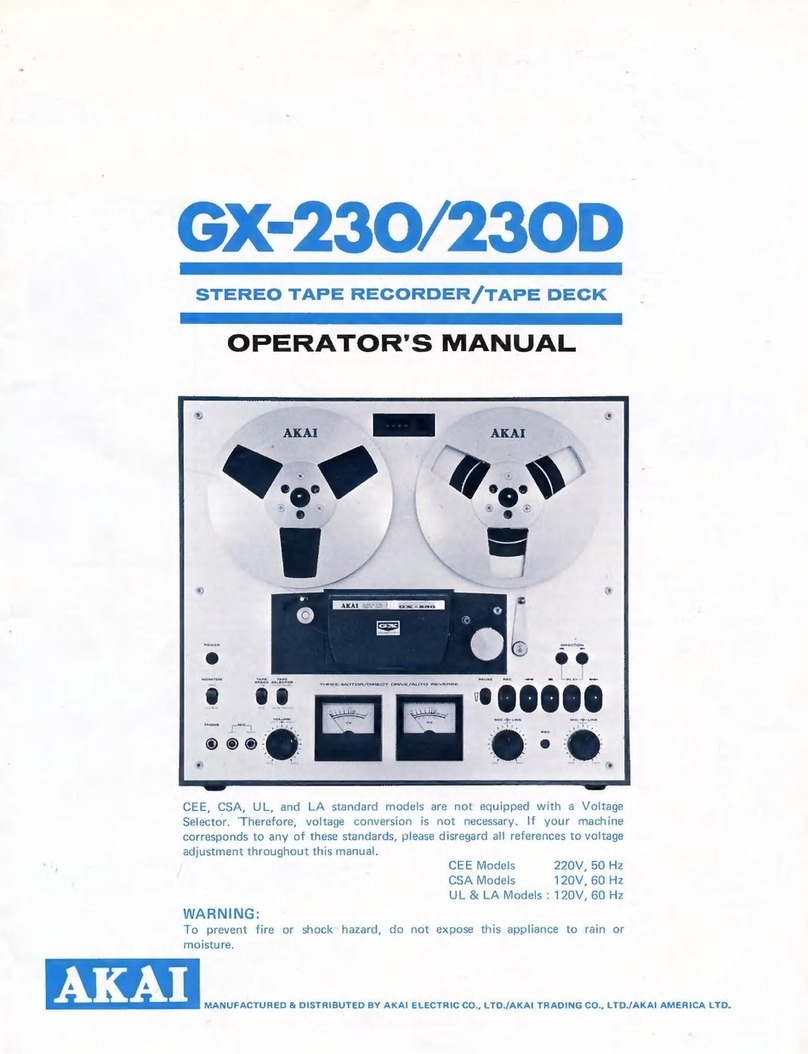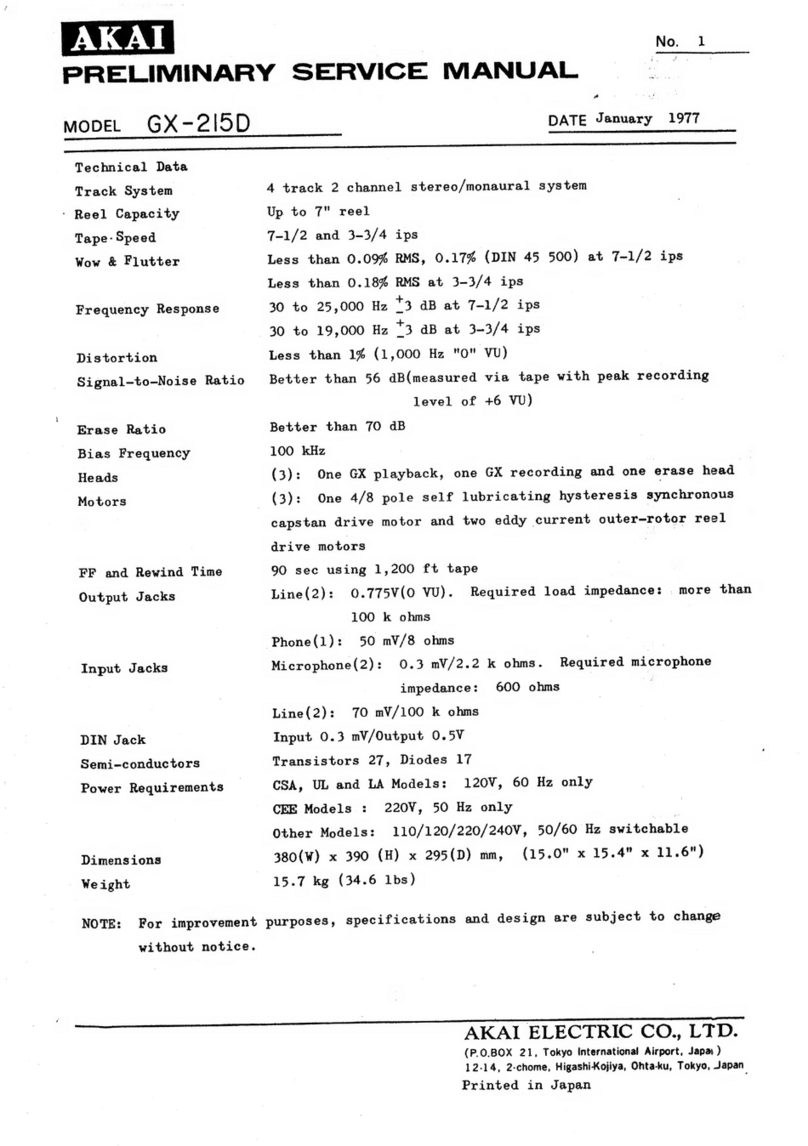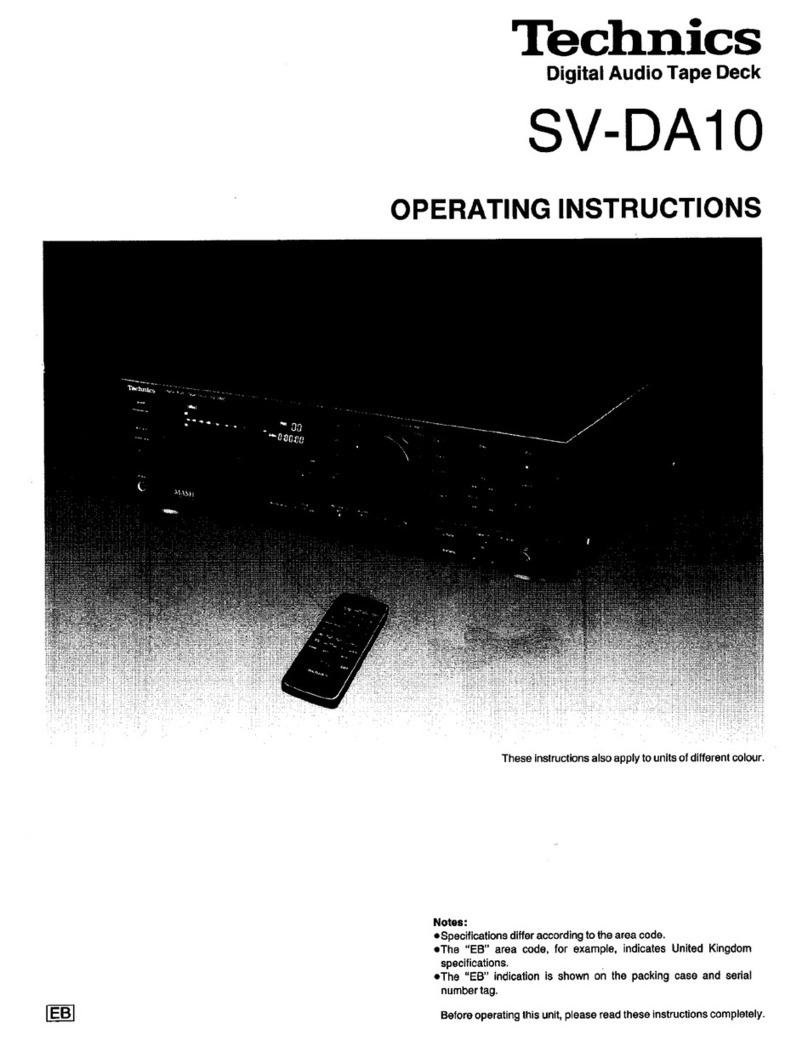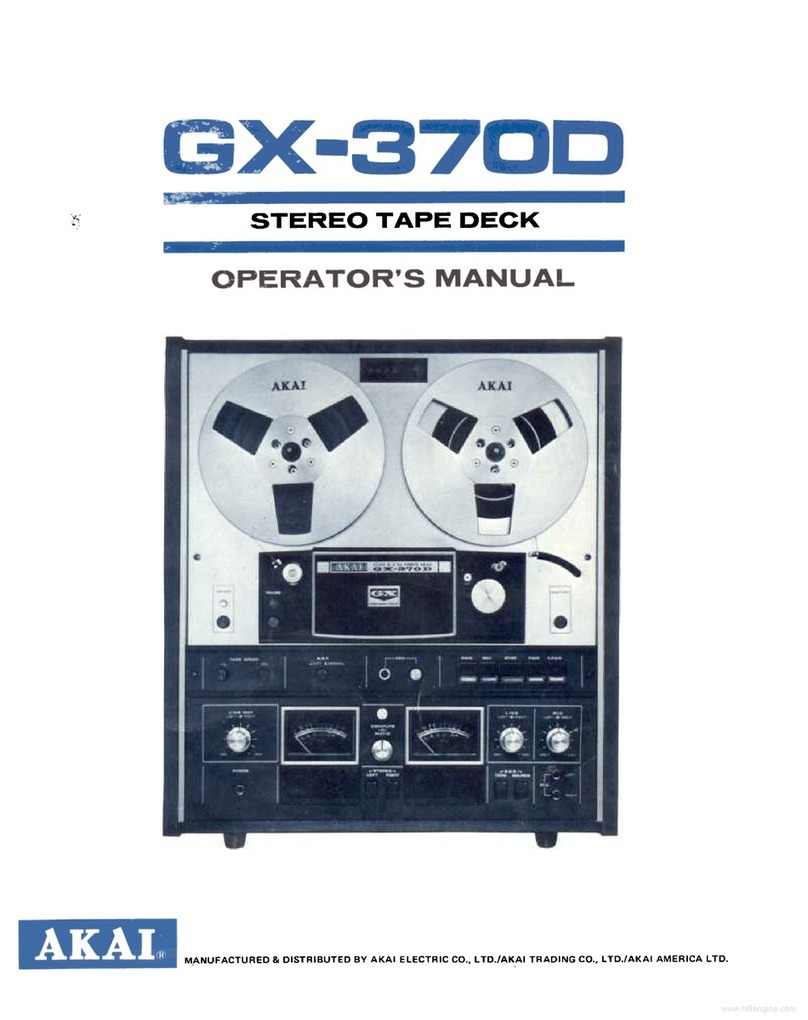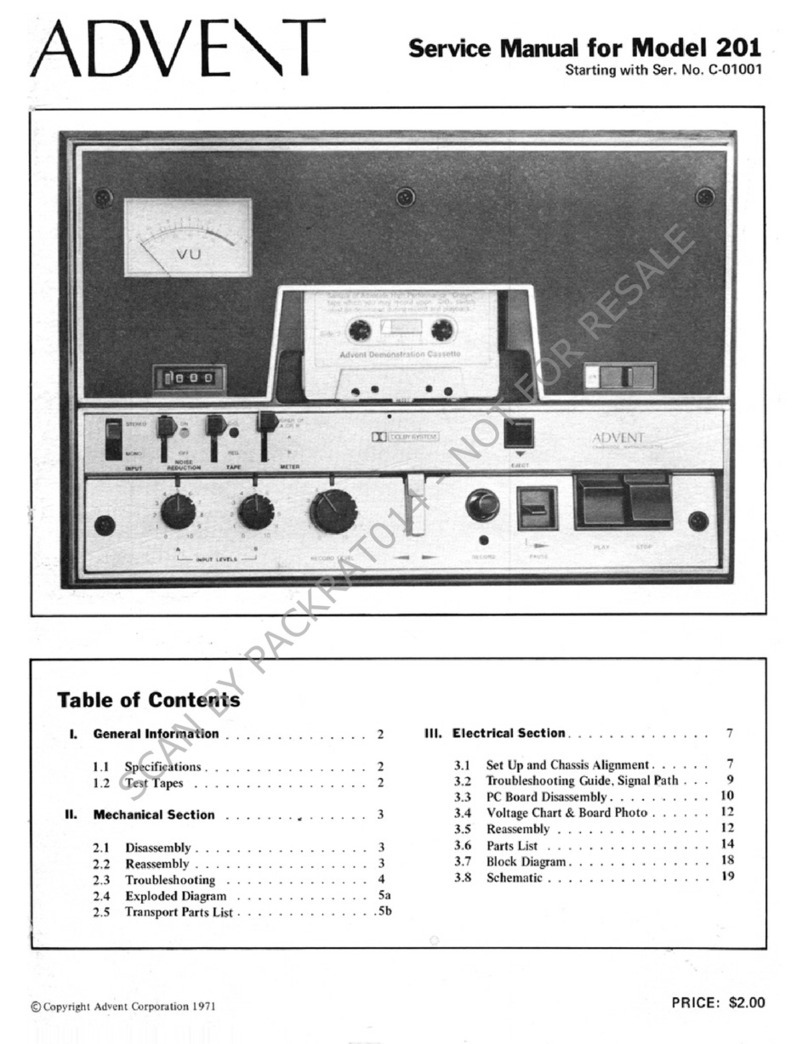Sony TC-758 Setup guide
Other Sony Tape Deck manuals

Sony
Sony DTC-690 User manual

Sony
Sony DTC-77ES User manual

Sony
Sony DAT DTC-690 User manual

Sony
Sony DTC-A6 User manual

Sony
Sony DTC-60ES User manual

Sony
Sony TC-560D Setup guide

Sony
Sony TC-640 User manual

Sony
Sony DTC-790 User manual

Sony
Sony PCM-R500 - Dat Recorder User manual
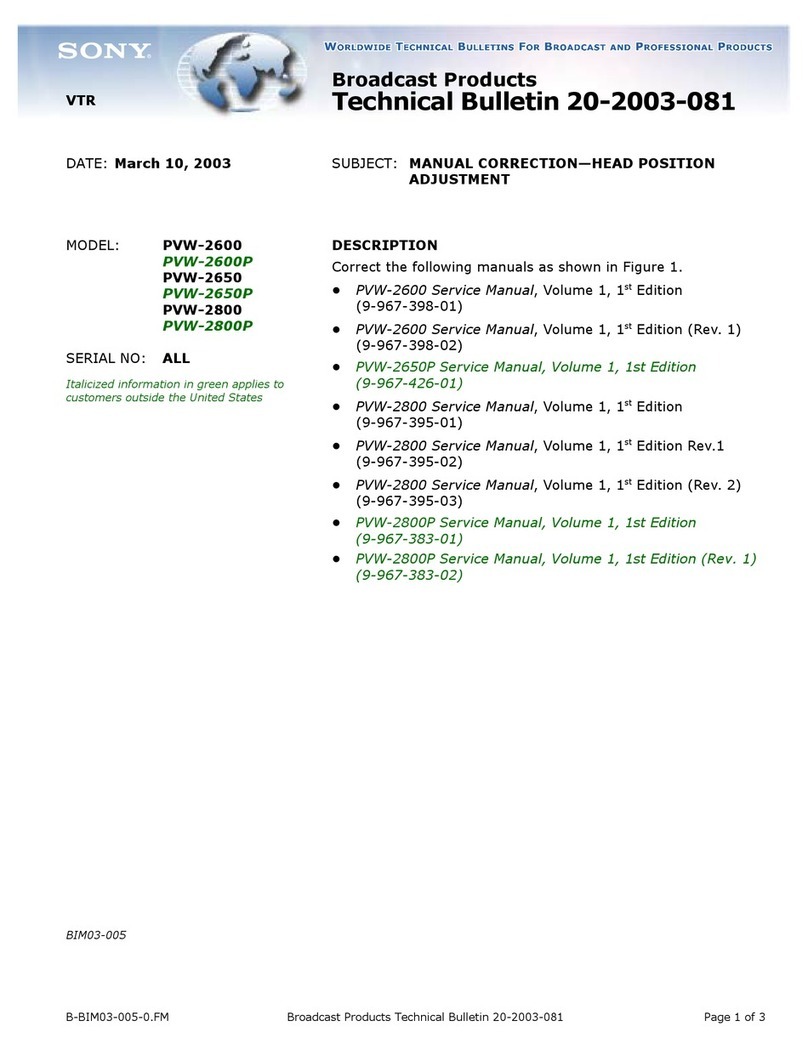
Sony
Sony PVW-2650 Service manual
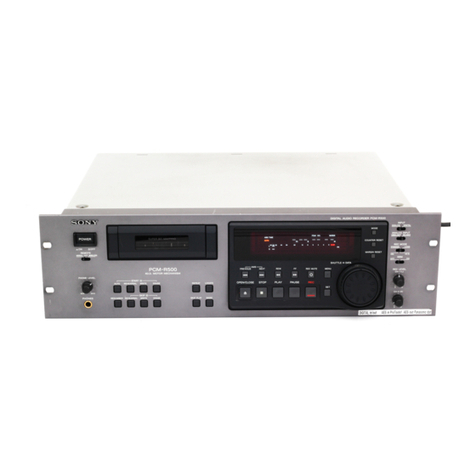
Sony
Sony PCM-R500 - Dat Recorder User manual

Sony
Sony DTC-790 User manual

Sony
Sony DTC-ZE700 User manual

Sony
Sony TC-378 Setup guide

Sony
Sony PCM-R700 User manual

Sony
Sony DTC-700 User manual

Sony
Sony DTC-77ES User manual

Sony
Sony TC-765 Setup guide

Sony
Sony TC-854-4 User manual

Sony
Sony PDW-F1600 User manual










